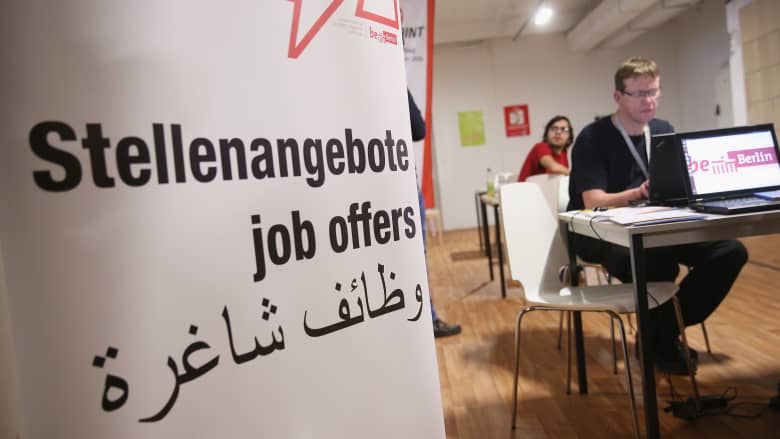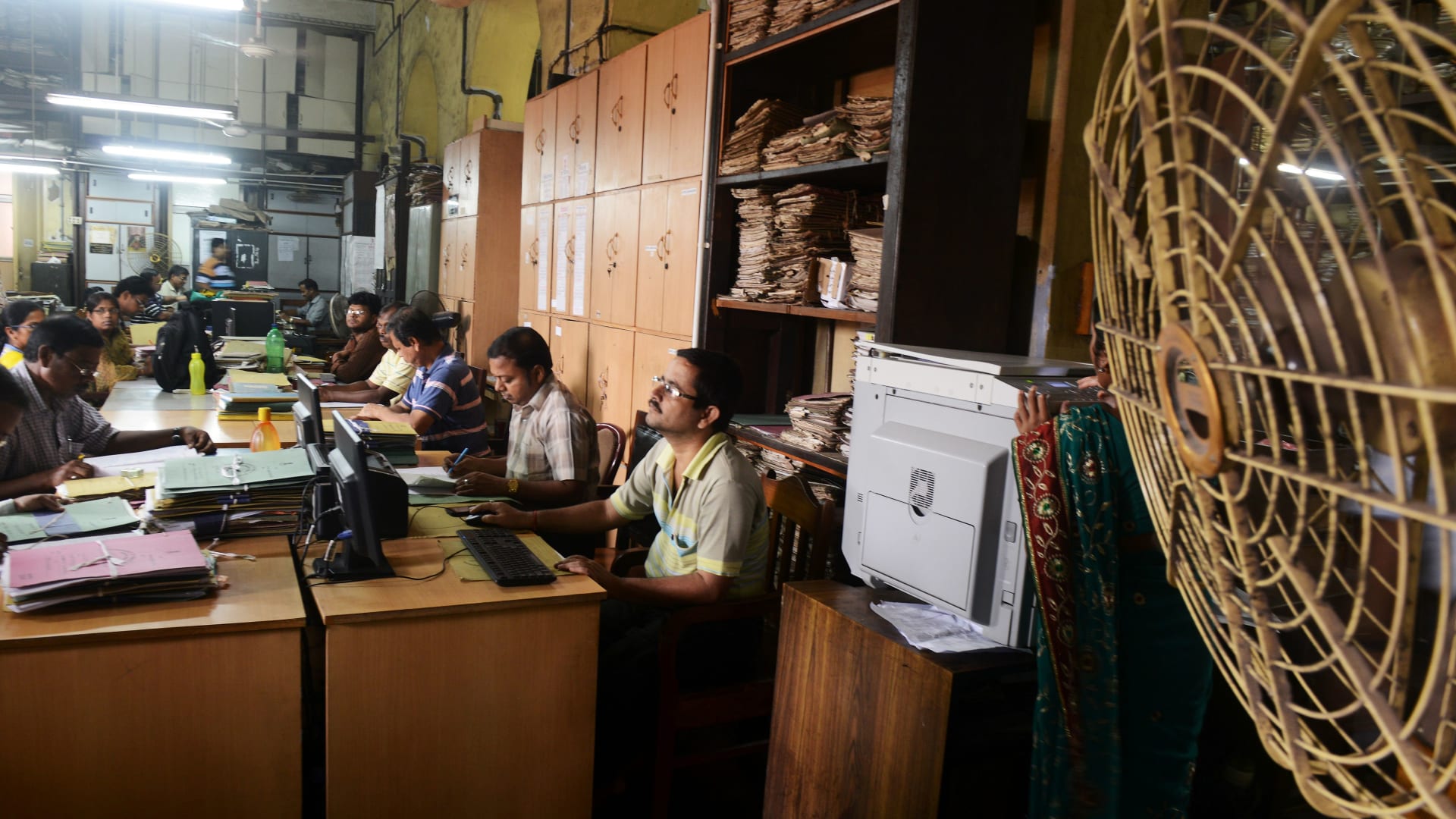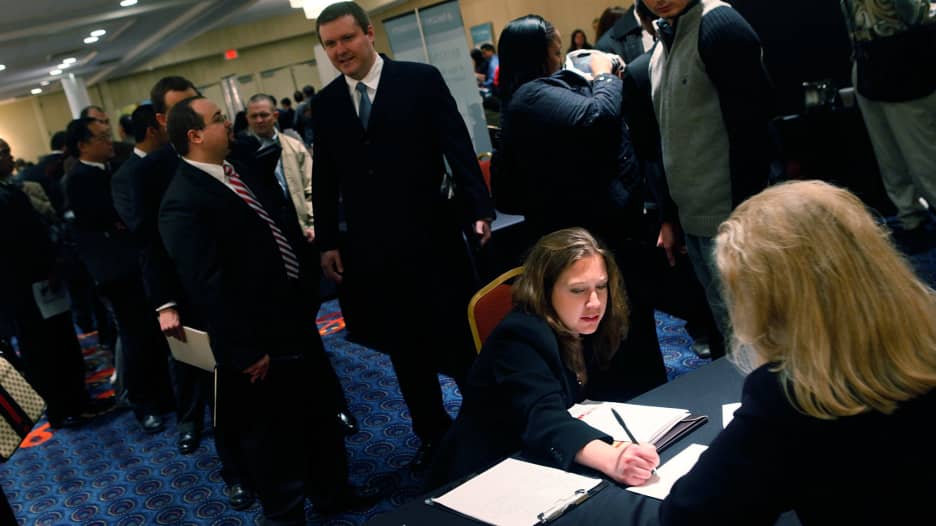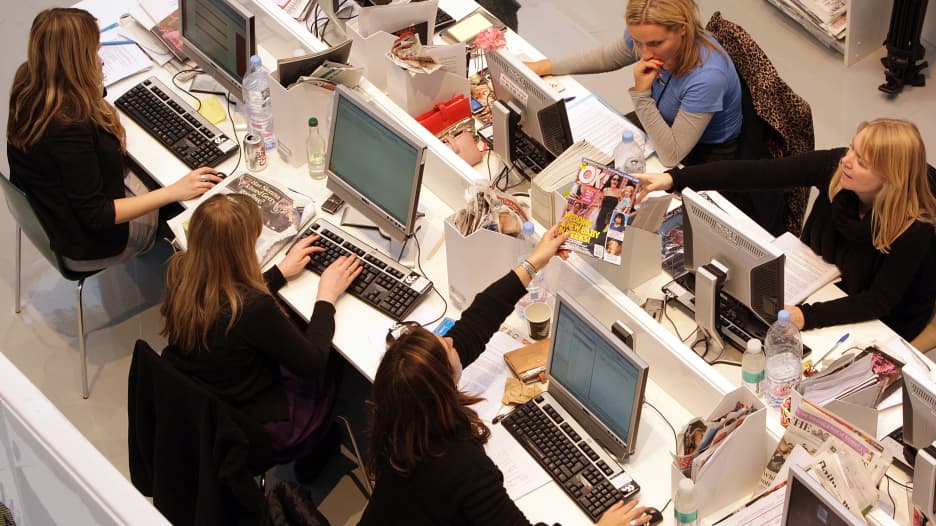نشر هذا المقال بالتعاون مع موقع التوظيف الإلكتروني بيت.كوم
دبي، الإمارات العربية المتحدة (CNN)-- تتطلب التحديات التي تواجهها الشركات اليوم تفكيراً مبدعاً وأكثر ابتكاراً، حيث يعتبر الإبداع عنصراً أساسياً لنمو الأعمال التجارية، كما أنه يساعد على توسيع آفاق الموظفين وتحقيق الأهداف التي يطمحون لها. فالأشخاص المبدعون يتميّزون بقدرتهم على التكيّف مع أي موقف وبذل ما بوسعهم لتحقيق أهدافهم، ما يجعلهم أعضاءً مهمين في الفريق.
وفي سبيل معرفة مدى اهتمام شركات الشرق الأوسط بتوظيف الأشخاص المبدعين وتعزيز المهارات الإبداعية لموظفيهم، استبيان تحت عنوان "الإبداع والابتكار في الشرق الأوسط وشمال افريقيا"، كشف أن تسعة من كل 10 وظائف في الوقت الحالي تتطلب مهارات الإبداع والابتكار.
في الواقع، يعتبر التفكير الإبداعي مهارة ضرورية يجب أن يتمتع بها الموظفون العاملون في العديد من القطاعات ومن مختلف المستويات. فبحسب، برزت مهارة "التفكير الإبداعي" من بين أهم المهارات للوظائف في المستقبل للمناصب المبتدئة (بحسب 71٪ من أصحاب العمل)، وللمناصب الإدارية العليا (بحسب 77٪ من أصحاب العمل).
أهمية الإبداع في مكان العمل
يُعرف الإبداع بأنه القدرة على ابتكار الأفكار وحل التحديات الصعبة واستغلال الفرص الجديدة. وقد صرح 85٪ من المشاركين في الاستبيان بأنه يمكن وصف ثقافة شركتهم بأنها إبداعية، كما قال 91٪ منهم بأن مديرهم المباشر يقدر الإبداع والابتكار في العمل.
واليوم، يعتبر دعم الإبداع في العمل عنصراً أساسياً لتطوير كل من الشركات والمجتمع على حد سواء. وقد حدد المهنيون في المنطقة أربع سمات شخصية رئيسية ترتبط بالإبداع في العمل وهي: الرغبة في التعلم والنمو (73٪)، والقيادة والتحفيز الذاتي (14٪)، والمخاطرة والسعي للاكتشاف (7٪)، والنشاط الاجتماعي والتواصل (7٪).
ومن المثير للانتباه، يعتبر حوالي اثنين من كل ثلاثة مشاركين (64٪) بأن الإبداع ليس مهارة فطرية بل مكتسبة ويمكن تعلّمها، إذ يمكن للمهنيين تعزيز مهارة "التفكير الإبداعي" مع الوقت.
ولا تقتصر عملية تنمية التفكير الإبداعي على الفرد فحسب، حيث يلعب أصحاب العمل دوراً هاماً في تنمية الإبداع والابتكار. في الواقع، قال معظم المهنيين (74٪) أنهم يشعرون بأنهم أكثر إبداعاً خارج مكان العمل، فيما صرح 87٪ بأن الروتين اليومي يحدّ من إبداعهم في العمل.
العوائق التي تقف أمام الإبداع
وفقاً للمشاركين في الاستبيان، يوجد خمسة عوائق أمام الإبداع في الشركات وهي: الوصول المحدود إلى المعلومات (57٪)، ورفض التغيير (18٪)، والبيروقراطية (10٪)، وتجنب المخاطرة (6٪)، ومحدودية الموارد مثل الوقت والمال وما إلى ذلك (6٪).
العوامل التي تعزّز الإبداع
سلّط المهنيون الضوء على خمسة عوامل مهمة تعزز الإبداع والابتكار في الشركات وهي: القيادة (55٪)، والتواصل المفتوح (21٪)، والأدوات المناسبة والتكنولوجيا (11٪)، والتنوّع 9)٪(، وفرصة إدارة مشاريع خاصة (3٪).
وقدّم الاستبيان بعض الحلول المهمة حول كيفية بناء بيئة عمل تدعم جهود المبدعين والمبتكرين، حيث رأى 72٪ من المشاركين أن إجراء المزيد من جلسات العصف الذهني والعمل الجماعي يساعد على تعزيز الإبداع والابتكار.
تأثير بيئة العمل على إبداع الموظفين
لمساعدة الموظفين على إنتاج أعمال أكثر ابتكاراً، ينبغي فهم مدى تأثير مكان العمل على مهاراتهم الإبداعية. ووفقًا لغالبية المشاركين في الاستبيان (92٪( يؤثر تصميم المكاتب على الإبداع والابتكار في العمل، فالتصميم الجيد يساعد الموظفين على فهم رؤية الشركة ورسالتها، وعلى التفكير بشكل مبتكر لتقديم خدمات أفضل.





